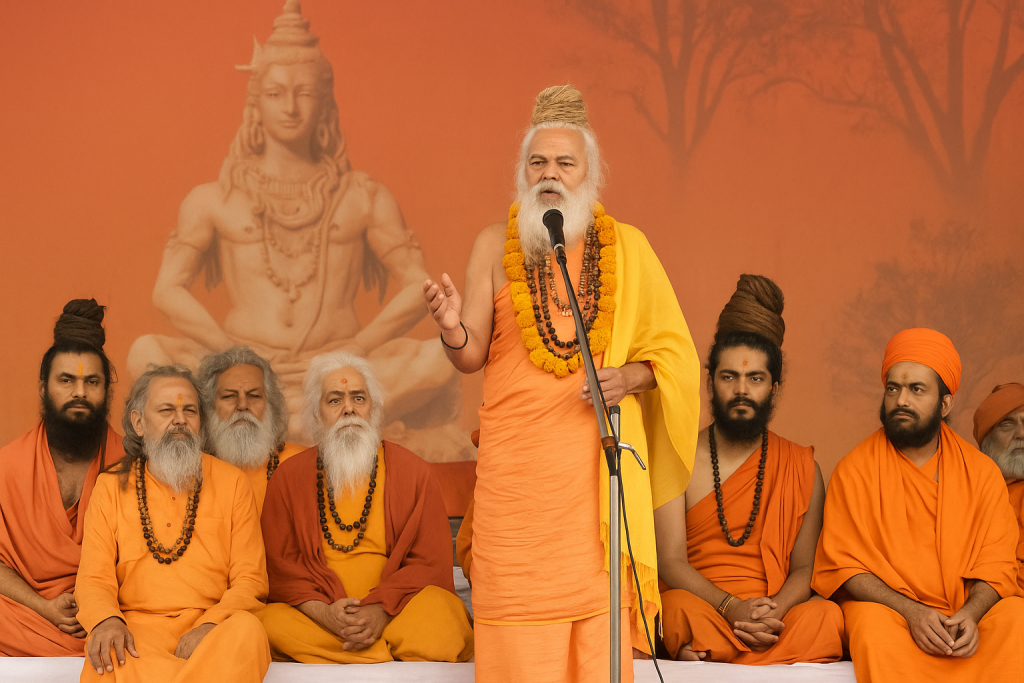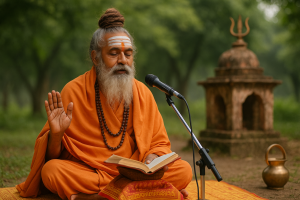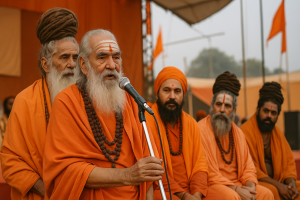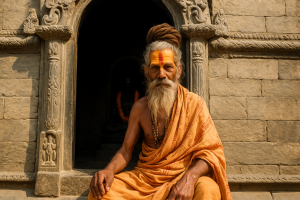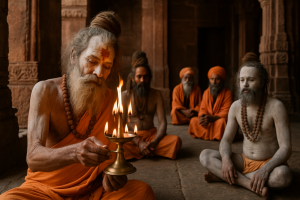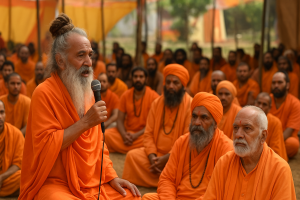Upholding Vedic Ideals: Panchagiri Akhara’s Message at the Annual Dharm Sansad
In an age of fast-paced change and cultural flux, the Annual Dharm Sansads offer a crucial space where the guardians of Hindu dharma gather to reflect, debate, and guide the spiritual direction of the nation. Among the participating akharas, Panchagiri Akhara holds a distinctive position rooted in purity, Brahmacharya, and Vedic devotion. Its saints bring to the Sansads a depth of insight born not from intellectual posturing but from a life steeped in discipline and inner silence.
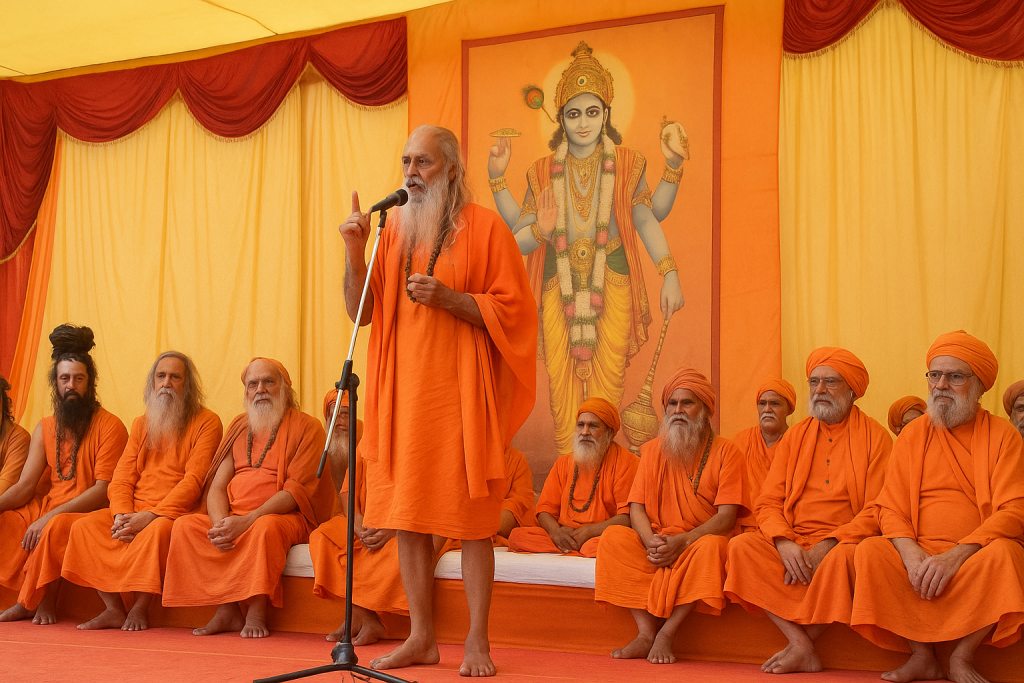
Panchagiri Akhara, also known as Panchagni Akhara, was founded in 1136 CE (Vikram Samvat 1992) and has since upheld a tradition of lifelong celibacy, Gayatri worship, and Vedic living. Unlike many other akharas, its monks avoid the external symbols of renunciation such as ash-smearing, intoxicants, or dhuni rituals. Instead, they emphasize the inner fire of tapas (austerity) and scriptural study, carrying forward the ideals of true renunciation.
At each Annual Dharm Sansad, often held in conjunction with Kumbh Melas or organized independently in holy cities like Varanasi, Haridwar, and Ujjain, the Akhara plays an active yet understated role. While others may dominate the stage with fiery orations, the saints of Panchagiri Akhara offer a quieter, more reflective voice—a voice of timeless wisdom.
Under the guidance of Acharya Mahamandaleshwar Ram Krishnanand Ji, the Akhara uses these gatherings to share teachings on Gayatri upasana, celibacy as the foundation of spiritual life, and the importance of reviving traditional Vedic education. Their message consistently calls for self-purification, ethical living, and deep spiritual practice, rather than mere ritualistic observance or political engagement.
One of the Akhara’s main contributions to recent Dharm Sansads has been its appeal to re-establish Vedic Gurukuls and promote Sanskrit learning among the youth. They argue that the cultural future of Bharat depends not on slogans but on the transmission of authentic dharmic knowledge from master to disciple in the sacred space of aashrams and gurukuls.
Another key theme often presented by the Akhara is the need to protect the sanctity of monastic life. In a time when spiritual leadership can sometimes be compromised by fame or materialism, Panchagiri Akhara reminds us of the power of seva (service), shraddha (faith), and sadhana (discipline) as the true signs of a saint.
During the Sansad, the Akhara also conducts Gayatri Yajnas, satsangs, and informal darshans with devotees, offering spiritual guidance and blessings. These moments create a serene contrast to the often intense atmosphere of large public debates and speeches.
In a world seeking clarity and authenticity, Panchagiri Akhara stands as a beacon of uncompromising spiritual integrity. Its participation in the Annual Dharm Sansads ensures that the original essence of Sanatan Dharma—rooted in the Upanishads, celibacy, and inner transformation—continues to find a voice in the national consciousness.

